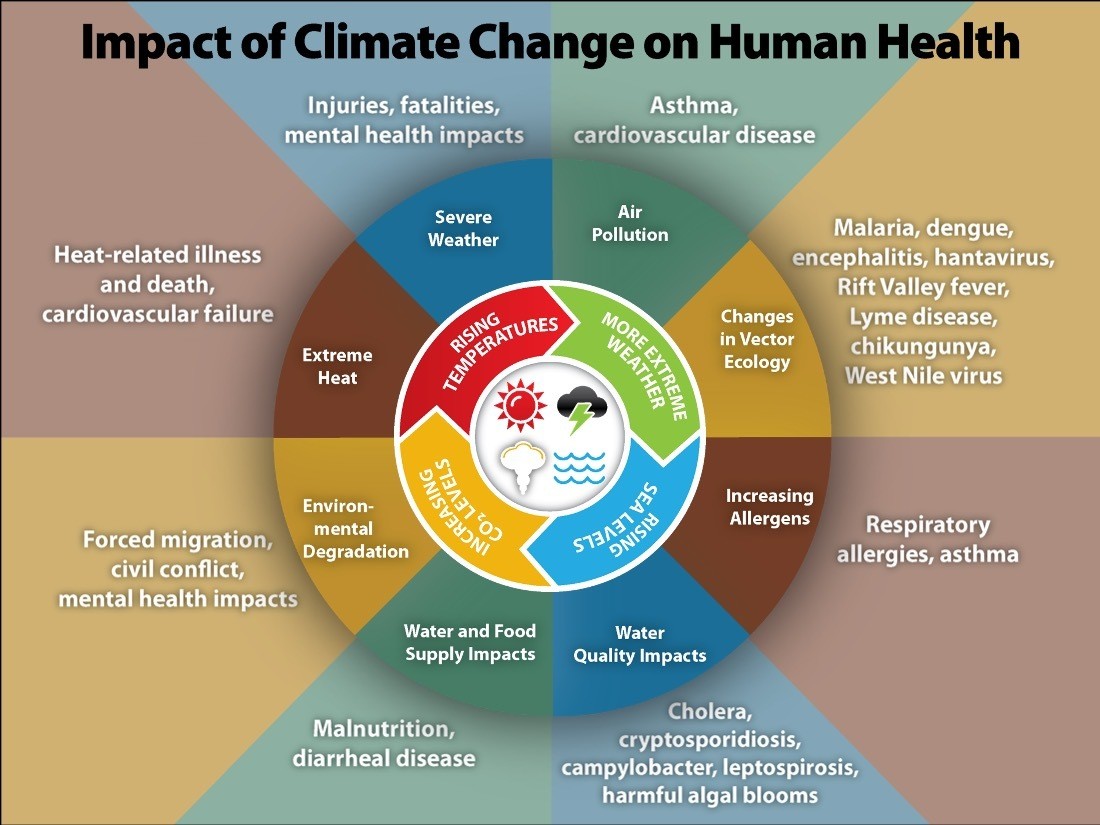It’s no secret that the healthcare industry is a major contributor to greenhouse gas emissions. In fact, according to a report by the World Health Organization, the healthcare sector accounts for approximately 4.4% of global carbon dioxide emissions – making it one of the largest emitting sectors in the world. This means that reducing your carbon footprint in healthcare could have a major impact on the fight against climate change.
We all know that making changes in our lives to reduce our carbon footprint can feel daunting. But what if we looked for small wins instead? Research has shown that small changes can lead to big impacts, and when it comes to reducing our carbon footprint, every little bit counts.
Table of Contents
Reducing Your Carbon Footprint in Healthcare
We all know that we should be reducing our carbon footprint, but it can be difficult to know where to start. If you work in the healthcare industry, you may feel like your options for reducing your carbon footprint are limited. However, there are actually a number of things you can do to make a difference.
One way to reduce your carbon footprint is to take an analytic approach. This means looking at the ways in which your healthcare organization uses energy and resources, and finding ways to reduce consumption.
For example, you could look at your organization’s electricity use and find ways to reduce it. This could involve anything from making sure lights are turned off when not in use, to investing in energy-efficient lighting.
You could also look at the way your organization consumes water. Finding ways to reduce consumption includes fixing leaks right away and installing low-flow fixtures.
Finally, you could look at the way your organization disposes of waste and find ways to reduce your carbon footprint such as recycling and composting.
By taking an analytic approach to reducing your carbon footprint, you can make a big difference in the environment. And, you may even be able to save your healthcare organization money in the process!
Potential Reduction in Healthcare Carbon Footprint by Telemedicine
The potential for reducing healthcare’s carbon footprint by implementing autonomous artificial intelligence (AI) was recently highlighted in a study published in Digital Medicine. The researchers found that AI-based telemedicine has the potential to improve patient care, reduce the per capita cost of healthcare, and even reduce GHG emissions by reducing patient, physician, and personnel travel.
This is significant because healthcare is responsible for a large share of GHG emissions. In fact, healthcare is responsible for 10% of all annual GHG emissions. Therefore, any effort to reduce healthcare’s carbon footprint is important.
In addition to the environmental benefits, AI-based telemedicine also has the potential to improve the quality of patient care.
Telecommuting
Giving up your daily commute can be a tough sell. But trading in your car or train ride for a telecommute could do wonders for your career – and carbon footprint.
The average American worker commutes 26.9 minutes each way to work, or about 4.3 hours per week, according to the 2016 American Community Survey. That’s nearly 10 hours in a car each month, or the equivalent of driving from Los Angeles to San Francisco.
It’s not just the time that’s wasted. The average person emits about 0.79 pounds of carbon dioxide per mile driven, according to the Environmental Protection Agency, so all that time spent in traffic also takes a toll on the environment.
But what if you could work from home – or at least close to home?
Telecommuting is any arrangement where you don’t have to travel to an office to do your work. You could work from a home office, a coffee shop, or even a co-working space.
As long as you have a laptop and an internet connection, you can pretty much work from anywhere. There are plenty of benefits to telecommuting, both for you and the environment.
For starters, you’ll save time and money on your commute.
You can also say goodbye to expensive office rent and wardrobe costs.
And you’ll have a lot more flexibility when it comes to your work schedule.
But the biggest benefit of telecommuting is that it’s better for the environment.
If you’re not commuting, you’re not emitting carbon dioxide. And if more people telecommute, it would have a major impact on reducing traffic and pollution.
Telecommuting is good for you and it’s good for the planet.
Reducing Energy Consumption
We all know that reducing our carbon footprint is important for the environment.
But did you know that it’s also important for our health?
That’s right – reducing your carbon footprint in healthcare can also lead to better outcomes.
One way is to reduce energy consumption.
This can be done in a number of ways, such as:
- Use energy-efficient lighting.
- Use energy-efficient appliances.
- Turn off lights and electronics when not in use.
- Use alternative transportation methods
By reducing our energy consumption, we can not only help the environment but also improve our own health.
 (Source)
(Source)
Promoting Green Initiatives
When it comes to reducing your carbon footprint in healthcare, there are many things that you can do to make a difference. You can start by promoting green initiatives within your own healthcare facility.
Here are some ideas to get you started.
- Encourage staff and patients to carpool or use public transportation when possible.
- Implement a recycling program for office waste.
- Educate medical staff and patients about energy conservation.
- Purchase energy-efficient equipment and appliances.
- Use green cleaning products.
- Install solar panels.
- Encourage staff to telecommute when possible.
- Implement a composting program.
- Use LED lighting.
- Purchase local and organic food.
By promoting these green initiatives, you can make a big difference in reducing your carbon footprint in healthcare.
Implementing Waste Reduction Strategies
When it comes to reducing your carbon footprint in healthcare, it’s important to think about ways to reduce waste. There are many ways to do this, and it’s important to find the right strategy for your facility.
One way to reduce waste is to implement a waste reduction policy.
This policy should include guidelines for reducing waste and recycling. It’s important to involve all members of the healthcare team in this process so that everyone is on the same page.
Another way to reduce waste is to use technology to your advantage.
There are many ways to use technology to reduce waste.
For example, you can use electronic medical records to reduce paper waste.
You can also use e-prescribing to reduce the need for paper prescriptions.
Finally, you can reduce waste by using green practices. This includes using energy-efficient lighting, using recyclable materials, and using green cleaning products. These practices will help to reduce your carbon footprint and save you money.
Incorporating Environmentally Friendly Practices
As a healthcare professional, you have the ability to make a difference in the environment through the choices you make. You can help reduce your carbon footprint in healthcare by incorporating environmentally friendly practices into your work.
Some simple ways to be more environmentally friendly in healthcare include:
1. Reducing Energy Use
Turn off lights and electronics when not in use, and take advantage of natural lighting when possible.
2. Reducing Water Use
Fix any leaks, and don’t let the tap run while brushing your teeth.
3. Reducing Waste
Recycle and reuse materials when possible, and avoid using disposable items.
4. Reducing Your Carbon Footprint
Carpool, walk, or bike when possible, and consider telecommuting if it’s an option.
By making even small changes, you can help reduce your impact on the environment and do your part to create a more sustainable healthcare system.
Conclusion
As our world becomes increasingly digitized, it’s important that we also become more conscious of our environmental impact. The healthcare industry is a large contributor to carbon emissions, but there are ways to reduce your carbon footprint while still providing high-quality care.
From telecommuting to promoting green initiatives, there are plenty of ways to make a difference.
By making even small changes in reducing your carbon footprint in healthcare, we can help create a more sustainable future for ourselves and the planet.





